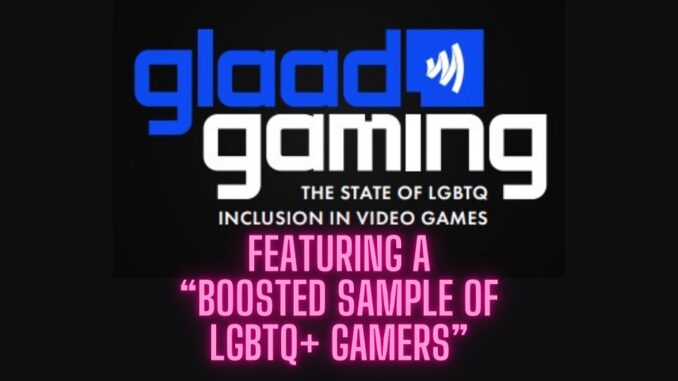
When it comes to the video game industry these days, the topic always seems to revolve around “diversity” and “inclusion” rather than quality and substance. The latest instance of this is the Gay & Lesbian Alliance Against Defamation organization releasing its gaming report titled “GLAAD Gaming: The State of LGBTQ Inclusion in Video Games” that woke game news outlets are drooling over even though the report’s methodology puts into question its “findings.”
To the surprise of no one, established sites such as PC Gamer, Kotaku, and Forbes have ignored the report’s methodology to use this as an opportunity to pontificate about LGBTQ. So what was the methodology used by GLAAD to come up with its findings?
According to the report, the study was conducted between June and August of 2023 by the Nielsen Games Team. Nielsen issued a 10-minute survey targeted towards PC and console gamers in the United States. However, what is interesting about this particular pool of people being surveyed is that it featured a boosted sample of LGBTQ+ gamers that, according to GLAAD, was to “help GLAAD better understand the relationship between the LGBTQ+ community and the game industry in terms of representation, harassment, and overall attitudes and behaviors.”
The total pool of participants was 1,452 “active gamers” that “were identified by their self-reported behavior.”.

Because of this study’s methodology, it is logical to state that this report is tainted and the results suspect because it was purposefully manipulated to lean more in one direction than what a real, randomized pool of gamers might have provided. GLAAD knows that this is a narrative-driven, faux report rather than an attempt to provide an honest outlook when it comes to the LGBTQ community and video games. A similar approach that was upheld by idiots like Feminist Frequency’s Anita Sarkeesian and which, thankfully, led to Feminist Frequency finally shutting down due to its irrelevance and click bait culture among other things.
Yet, it is not just the fact that this curated pool of participants means that this is not an authentic look at LGBTQ representation in gaming, but that there are other factors that would further taint the report’s findings. Notably, the fact that being gay, trans, nonbinary, etc is a current fad propped up by mainstream media and a monetarily incentivized healthcare system.
From pronouns in the bio to dudes painting their fingernails or slapping makeup on their face, it is all a part of the LGBTQ family no matter how superficial. There also appears to be a higher number of younger people who are mentally unwell or are diagnosed with some kind of mental issue and/or on some form of medication. In addition, there is the cancel culture effect in which a lot of people are scared to voice an opinion that might be seen as opposing the LGBTQ agenda. The latter means that regular participants’ responses to this survey are in doubt and it could be argued that they were answered under duress.
Another thing to note about this study is that there is no margin of error included. Which makes the findings of this report even more inauthentic.
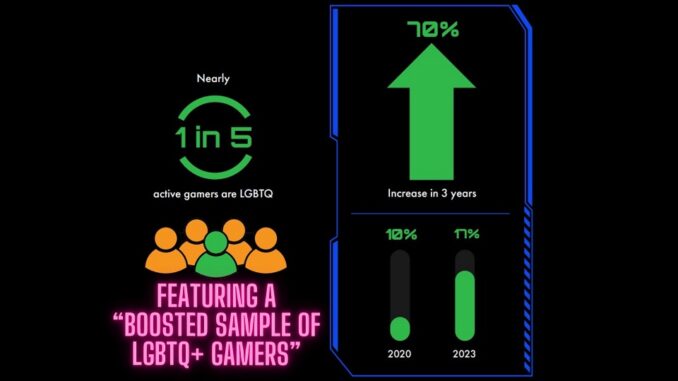
So why is GLAAD doing this?
The logical reason for why GLAAD is spinning a false narrative is to gain a larger foothold in the gaming industry. They want developers and publishers to pay them money for “consultations” and to be looked at as an “authority” in these matters. But in order to do this, they have to make it appear that there is a larger audience than there really is. That there is a “demand” for more LGBTQ presence in gaming. Otherwise, most developers and publishers would not want to invest significantly in a niche market. Which is one of their arguments: that the LGBTQ demographic is not a niche market.
Similar to what Anita Sarkeesian tried doing with her mostly braindead takes on the industry, yet was sadly effective to a point that resulted in developers and publishers taking her seriously enough to listen to her often erroneous opinions. Much to the developers’ detriment and to her inevitable failure to remain relevant.
Looking at GLAAD’s report, it claims that 17% of video game players are LGBTQ. Which greatly outpaces the entirety of the United States percentages where the LGBTQ population is around 1.6% to 7% out of an overall population of 331.9 million. While one can concede that amongst younger gamers there could be a higher percentage than the overall general population, that could be for a number of reasons that were stated previously though not nearly so high as this manipulated report claims.
But, if GLAAD can convince developers and publishers that there is a significant consumer base, then it will give them the chance to further increase their influence on a younger demographic. Which is what they definitely want to do as we can see how hard the LGBTQ community has been fighting for access to prepubescent children through school, children’s programs, books, and other forms of entertainment.
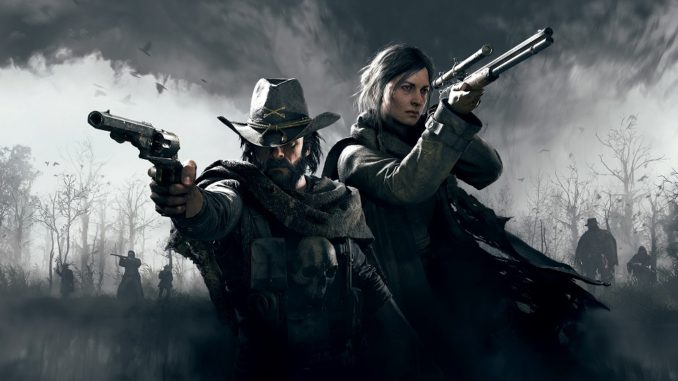
Another claim this report makes, in an attempt at emotional manipulation, is the percentage of LGBTQ gamers who view video games as an escape. Even though everyone who possesses common sense knows that video games were created as a form of entertainment which, in of itself, is an escape from the real world or bad times. Movies, books, sports, tv shows, and music are all avenues of escape from the real world.
So no matter what group you ask, there is going to be an overwhelming majority who are going to say that video games are their way of escaping. This is a no-brainer conclusion.Inevitably, the report goes on to talk about harassment in video games and how LGBTQ gamers who live in “states where anti-LGBTQ legislation has been passed or proposed” feel more accepted in the gaming community (55%), depend on games to get them through the “tough times (65%),” and that gaming allows them to express themselves (75%).
Unsurprisingly, the report doesn’t state what kinds of laws or bills were proposed or passed. Whether it is bills such as removing books that show or depict graphic sexual acts that were targeted at prepubescent children in schools, to restricting bathrooms to biological genders, to issues regarding pronouns, banning of chemical castration or body mutilation of prepubescents; nothing is specified as to what would affect LGBTQ gamers the most.
So it’s interesting to see, in regards to these players feeling more accepted in the gaming community than their local one, is only around 55%. Which is fairly low considering how much the report says they play. But I am also curious as to how this is measured by Nielsen. Is it merely that people don’t ask them for their pronouns that makes them feel unaccepted? Or something else?
A shame that the report doesn’t fully explain what exactly causes this feeling of nonacceptance.

Yet, what is an intriguing thing to point out is the approach of the report regarding harassment that should have expounded upon why only 55% of these gamers feel accepted. Or that 52% of LGBTQ gamers reported experiencing harassment while gaming online while 42% avoid playing a game they feel might lead to harassment, and 27% have quit because of harassment.
Obviously, harassment is subjective for many and, for the LGBTQ community, potentially even more so. But the topic has been taken to new levels of ludicrousness such as an overly vocal minority claiming that teabagging is sexual harassment, or even sexual assault, while laughable attempts to deal with it via short-lived organizations such as Bully Hunters and The Watch have entered into the discussion. Even an editorial about how 40% of Hunt: Showdown players suck would be considered a form of harassment by some in the gaming community.
But in relation to the LGBTQ players, how they have experienced harassment is one to discover. Is it the run-of-the-mill experience that regular players deal with? Or is there harassment that is specifically experienced by LGBTQ players? The fact that this isn’t further talked about brings into question the validity of this study’s findings when talking about LGBTQ inclusion in gaming.
Of course, “harassment” is experienced more in highly competitive games such as shooters, esports, and the majority of multiplayer games that promote a competitive atmosphere. It’s not just the nature of competition, but also the nature of the male gender more than the female gender. Which brings up the other problem with this study.
What was the percentage of biological males compared to biological females who took this survey?
The study doesn’t say.
All that is said is that 1,452 gamers, who play on PC/console, took the 10-minute survey with a boosted sampling of LGBTQ participants. The GLAAD study doesn’t specify if this was a 50/50 split between male and female or if it was skewed more towards one gender than the other.
Which is not surprising since, in the end, this is about pushing an ideology. Even then, when one looks at the study’s results one can determine, with some certainty, that the majority of participants were biologically female.

Obviously, it’s quite an assumption to make that mostly women participated in this study considering that the methodology for the “State of LGBTQ Inclusion in Video Games” provides no information on this area. Which is very puzzling, but not surprising considering what is happening here. So wow can one come to such a conclusion?
One of the indicators of the study participants being primarily female revolves around the Nintendo Switch which, according to the study, is the only platform where there is a disparity in the amount of LGBTQ and regular gamers unlike the rest of the platforms which has a similar percentage. For the Nintendo Switch it was 39% of LGBTQ players compared to 32% of regular players. In addition, the Nintendo Switch is the only console platform that has a majority female demographic at 52%.
Then we see that the majority of LGBTQ gamers prefer playing singleplayer and co-op multiplayer games compared to regular gamers that will play competitive multiplayer games. When it comes to genres, LGBTQ gamers will play RPGs, horror, simulation, open world, and puzzle games while regular players tend to focus more on shooters with an overlap of both groups playing genres like adventure, fighting, battle royale, and action RPG games. The study also brought up mobile game preferences stating that LGBTQ gamers tended to play puzzle, simulation, RPG, and music and rhythm games while regular players focused on shooters. Another thing to note about the mobile platform is that it also has a majority female demographic.
Knowing this information, it is easy to make the assumption that the participants in this study were mostly female. Female gamers tend to play life-simulation games such as The Sims or farming, prefer single player and co-op while staying away from shooters and explicitly violent games. Male gamers overwhelmingly love shooters. And while female gamers prefer to focus on socialization, complete challenges, and immersing themselves in other worlds, male gamers generally focus more on competitive, aggressive, achievement-oriented games.
That said, while the study doesn’t disclose gender, just seeing the genres and games preferred by LGBTQ and regular players seems to be an almost direct correlation for the preferences between male and female gamers.
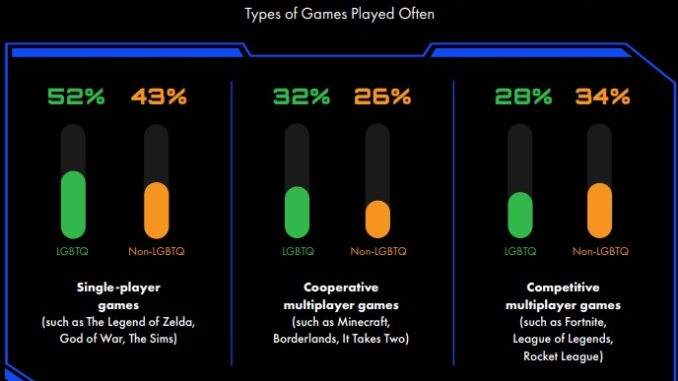
There is another area the study focuses on that would further support the assumption that it was mostly female participants in this study: representation. According to GLAAD’s study, “72% of LGBTQ gamers say that seeing characters with their gender identity and/or sexual orientation makes them feel better about themselves.” Also, they are 1.4 times more likely to buy or play a game because they can play as a character that matches their gender compared to regular gamers. In addition, when it comes to being sexually fluid, far more women than men subscribe to that lifestyle. Not to mention that men are becoming more conservative and women more liberal.
So how does the topic of representation substantiate the aforementioned claim that the study’s participants were mostly female?
It boils down to human nature.
One of the best ways I’ve heard it described between men and women in general is this: men see themselves in younger men while women see themselves as younger women. This same concept applies to video games. Men find commonality with the protagonist, women see themselves as the protagonist. Men pretend, women project. Men will find similarities between themselves and the characters they play while women want themselves to be reflected in the characters they control.
It’s why male gamers love playing franchises such as Metroid and Tomb Raider. It isn’t just that the female protagonists are attractive, but they are also butt-kicking characters that male gamers could relate to despite being different genders. They are enjoying the story and they are enjoying the game while not projecting themselves into it. Whereas women tend to self-insert themselves and while there are female gamers who enjoy these characters as well, they are not a majority.
Which is why we see a delineation between the types of video games played when it comes to the genders and which is reflected in GLAAD’s study since an overwhelming amount of the participants enjoyed games and genres mostly preferred by women.
Of course, this is speculative based on what can be gleaned from what has been presented to the industry.
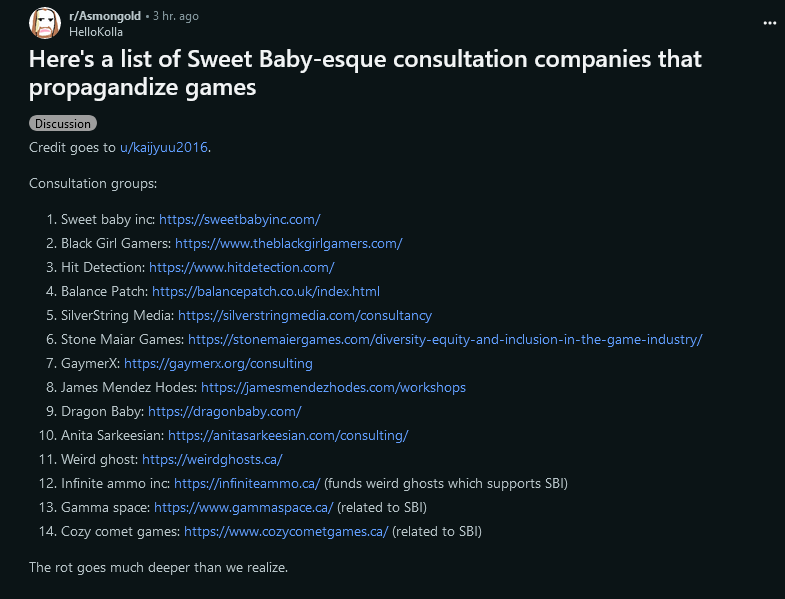
Speculations and assumptions aside, there is one fact about this study which is certain. That the “GLAAD Gaming: The State of LGBTQ Inclusion in Video Games” report is not a legitimate study. It is a carefully curated piece of propaganda where the goal isn’t to help LGBTQ gamers. It’s to help an organization that wants to profit off of the LGBTQ community in order to gain monetarily and authoritatively with the additional goal of furthering LGBTQ interests in promoting its ideology to young gamers.
Yet, a major issue for the propagation of this propaganda is that sites such as Kotaku, Forbes, and PC Gamer never bothered to bring up the study’s methodology while a site such as IGN included the methodology but didn’t dare to question its findings. But not surprising when they support things such as The Sims 4 including chest binding and top surgery scars on prepubescent children. Or show support for Activision over its Call of Groomers debacle.
It is also not surprising that GLAAD is utilizing this tactic of manipulated statistics and emotional arguments. It worked for Feminist Frequency’s Anita Sarkeesian for a while as video game news outlets propped her up and developers and publishers decided to listen to her. But, in the end, Feminist Frequency was a failure. Consumers weren’t buying what they were selling, weren’t intimidated by the threats, and saw right through the faux woke propaganda that was deaf, dumb, and blind to the marketplace.
Feminist Frequency, GLAAD, Sweet Baby Inc, and other organizations of their ilk always ignore the fact that gaming, like many other non-mainstream hobbies, has been an inclusive and diverse one. That anyone, from anywhere, of any race, gender, creed, or religion can sit down and play the same games and interact with each other. That gamers want IPs that have great gameplay and great writing. That they want to play games without having to deal with politics or reality.
GLAAD’s report does nothing to help LGBTQ gamers, but it does hurt them. Rather than figure out issues that could be uniquely experienced by LGBTQ gamers, GLAAD has simply propped up something that is using them as a tool to gain what they want: power, influence, and money. They want to force the industry to overrepresent the LGBTQ community rather than have new characters, stories, and games be created more organically.
Gamers want great games, not politics. They want awesome characters, not shoehorned templates. They want to have fun, not be terrorized by woke outlets and wannabe despots.
If GLAAD wants to see more LGBTQ inclusion in video games, this is not the way to do it.
Because, in the end, if a company goes woke, it tends to go broke.
Author’s Note: Support this site by donating via Paypal or even checking out our merchandise on RedBubble where you can find designs that cater to writers and readers. Money donated and raised goes into paying for this website and equipment.
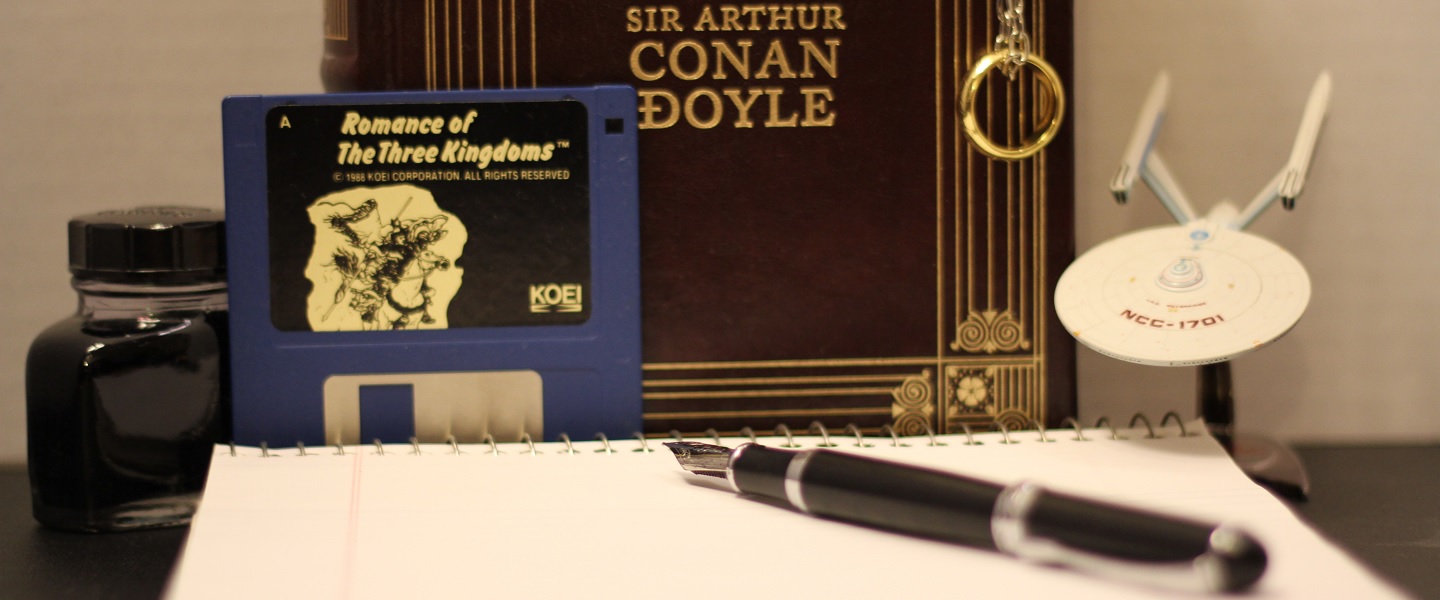

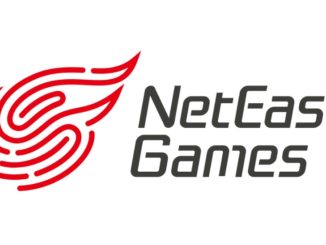

[…] every form of entertainment. For example, not a single mainstream journalist pointed out that GLAAD’s “The State of LGBTQ Inclusion In Video Games,” was a manipulated study due to a boosted sample of LGBTQ+ gamers. We see a similar thing with movies such as The Woman […]
[…] agenda should be discussed as it continues to dominate the video game industry and has no qualms in drumming up false statistics and reports to help it along. But the discussion needs to revolve around the targeting of minors when trying to […]